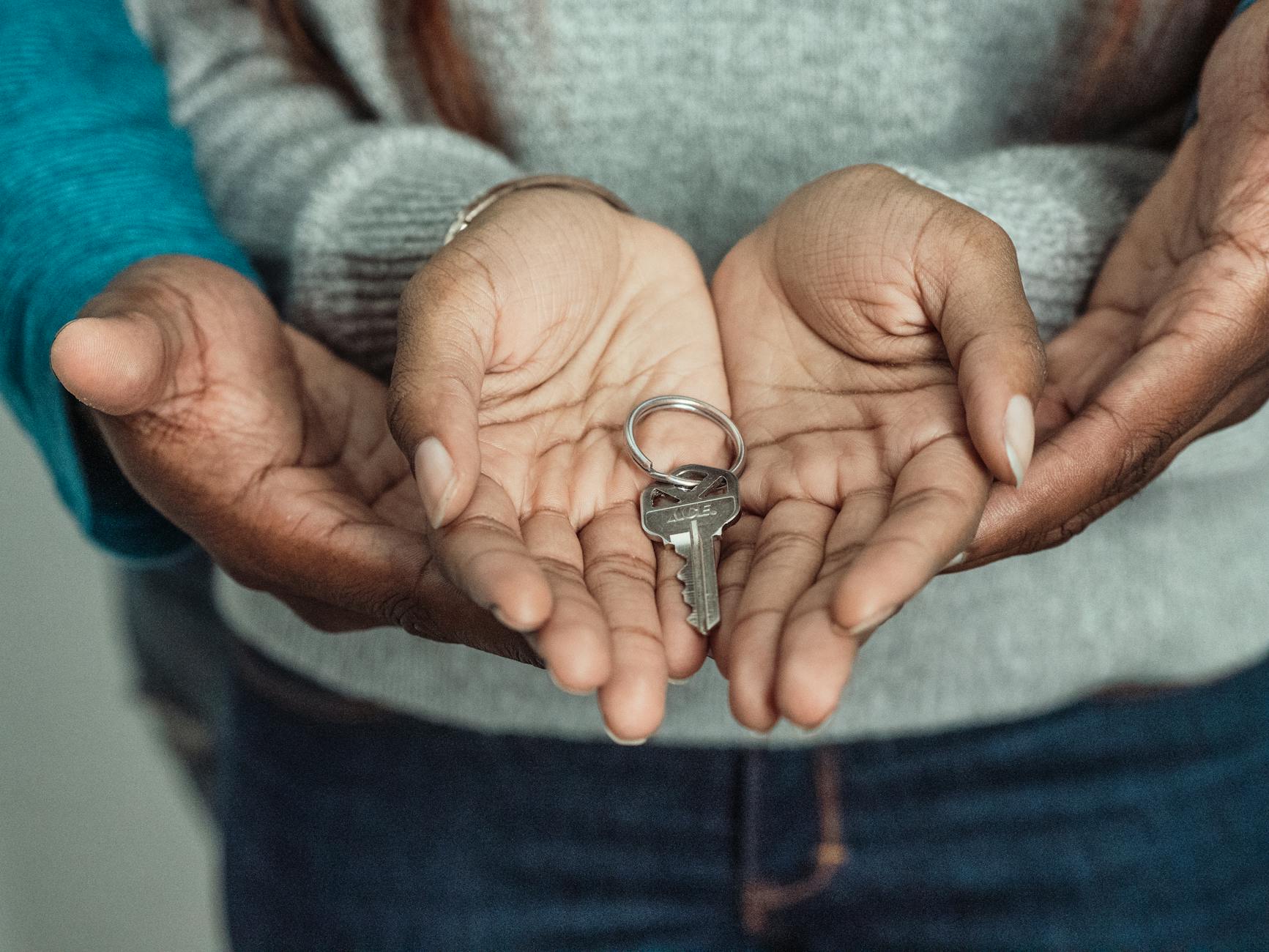Essential Homebuyer Assistance Programs for Low-Income Families
Essential homebuyer assistance programs for low-income families play a crucial role in making the dream of homeownership achievable for many who face financial challenges. Buying a home is often considered a significant milestone, but rising costs and stringent lending requirements can make it difficult for low-income families to secure adequate financing. Fortunately, various government and nonprofit programs exist to assist these buyers with down payments, closing costs, and affordable mortgage options. This article explores key assistance programs designed to support low-income families, breaking down how they work, eligibility criteria, and the benefits they provide. By understanding these resources, potential homebuyers can better navigate the path toward owning their first home and build long-term financial stability.
Understanding the need for homebuyer assistance
The upfront costs associated with purchasing a home, such as down payments and closing fees, often present the biggest barriers for low-income families. Many families lack the savings required or have suboptimal credit due to past financial hardships. Additionally, the ongoing costs of homeownership—property taxes, maintenance, and insurance—can add to the burden without adequate support. Homebuyer assistance programs aim to alleviate these challenges by providing financial aid, education, and resources tailored to low-income buyers. By lowering entry barriers and offering counseling, these programs increase the likelihood of successful homeownership and reduce the risk of foreclosure, ultimately stabilizing communities.
Common types of assistance programs for low-income homebuyers
There is a variety of assistance programs designed to address the specific needs of low-income families. The most common include:
- Down payment assistance (DPA): Grants or forgivable loans that cover a portion or all of the down payment and sometimes closing costs.
- First-time homebuyer programs: Often offer special mortgage terms, lower interest rates, or reduced insurance requirements.
- Housing choice vouchers: Sometimes used towards homeownership as opposed to rental assistance.
- Mortgage credit certificates (MCC): Provide tax credits based on a portion of mortgage interest paid, reducing tax liability annually.
- Homebuyer education and counseling: Support that helps buyers understand the process, budget for a home, and maintain ownership long-term.
Key government-backed programs and how they support low-income families
The federal government and many state/local agencies sponsor programs that target low-income buyers. Some of the main ones include:
| Program | Description | Benefits | Eligibility |
|---|---|---|---|
| HUD’s Good Neighbor Next Door | Offers 50% off list price for law enforcement, teachers, firefighters, and emergency medical technicians in revitalization areas. | Significant price reduction to promote community stability. | Must work full-time in qualifying profession and buy in designated areas. |
| FHA loans | Government-insured mortgages with low down payment requirements (as low as 3.5%). | Lower credit score requirements, reduced down payments. | Meet income limits and property requirements. |
| USDA Rural Development loans | Loans for low-to-moderate income buyers in eligible rural areas. | No down payment, lower mortgage insurance costs. | Income limits, rural property location. |
| State and local housing finance agencies (HFAs) | Offer down payment assistance, tax credits, and affordable mortgage products. | Varies widely, generally designed to fill gaps and reduce upfront costs. | Typically income limits and first-time buyer requirement. |
How to access and maximize homebuyer assistance programs
Accessing these programs requires careful research, proper documentation, and often pre-purchase education. Steps to take include:
- Contact local housing authorities and nonprofit organizations to learn about state and city-specific assistance.
- Complete homebuyer education courses, which are often mandatory for program eligibility and provide valuable knowledge about ownership responsibilities.
- Prepare detailed financial documentation, including income verification, tax returns, and credit reports.
- Work with a real estate agent experienced with low-income buyers and assistance programs to navigate available options.
- Compare program requirements and combine benefits where possible to optimize financial aid.
By following these steps, low-income families increase their chances of qualifying and successfully purchasing a home with the help of assistance programs.
Conclusion
For many low-income families, homeownership may feel out of reach due to financial constraints and market challenges. However, essential homebuyer assistance programs offer vital support through down payment help, special mortgage terms, tax credits, and education. Understanding the types of available programs—from federal initiatives like FHA and USDA loans to state-specific down payment assistance—can empower families to take actionable steps toward buying a home. By utilizing these resources and meeting eligibility requirements, low-income buyers can reduce their upfront costs and access safer financing options. Ultimately, these programs not only make homes more affordable but also contribute to stronger, more stable communities by enabling more families to build equity and enjoy long-term housing security.
Image by: Kindel Media
https://www.pexels.com/@kindelmedia
editor's pick
latest video
news via inbox
Nulla turp dis cursus. Integer liberos euismod pretium faucibua

